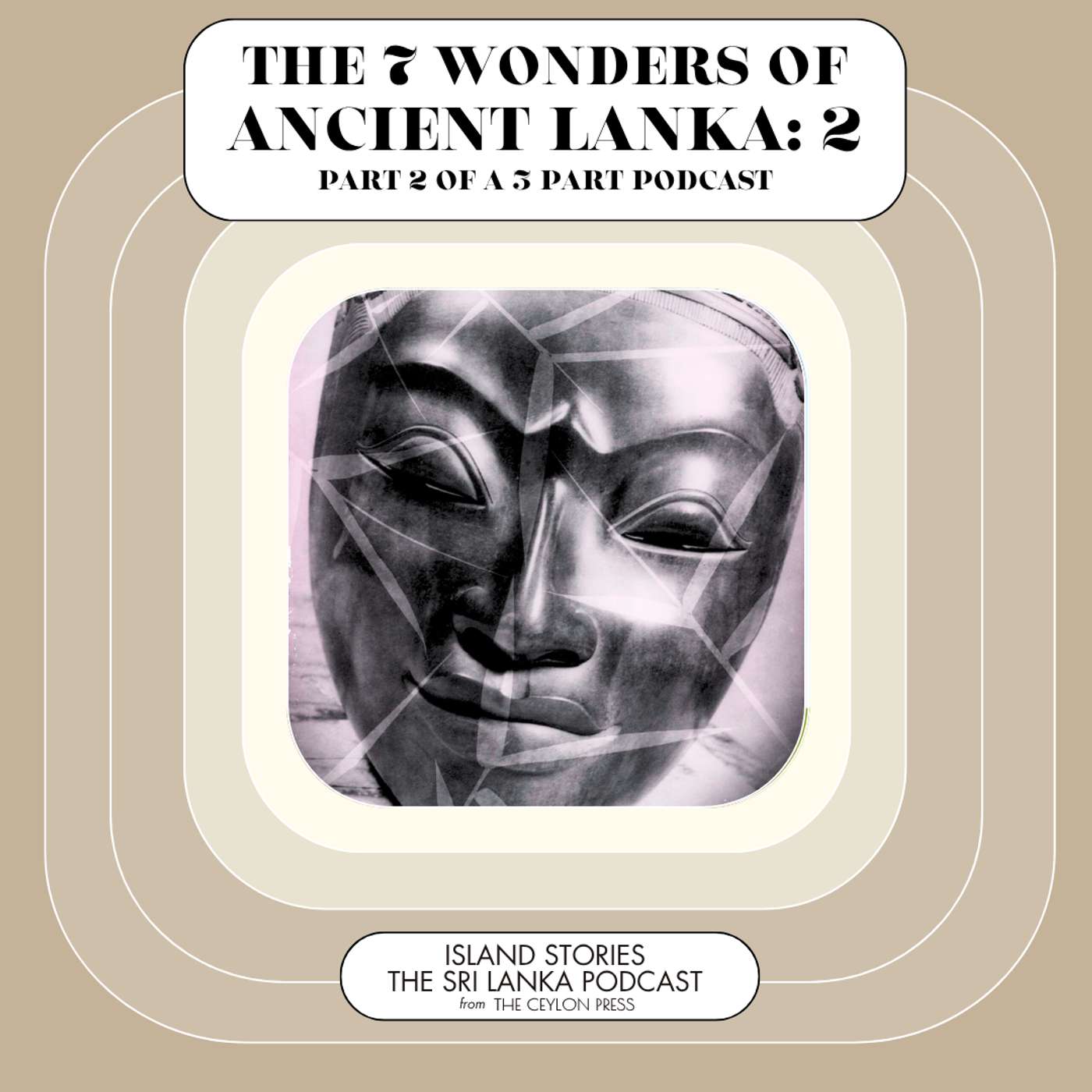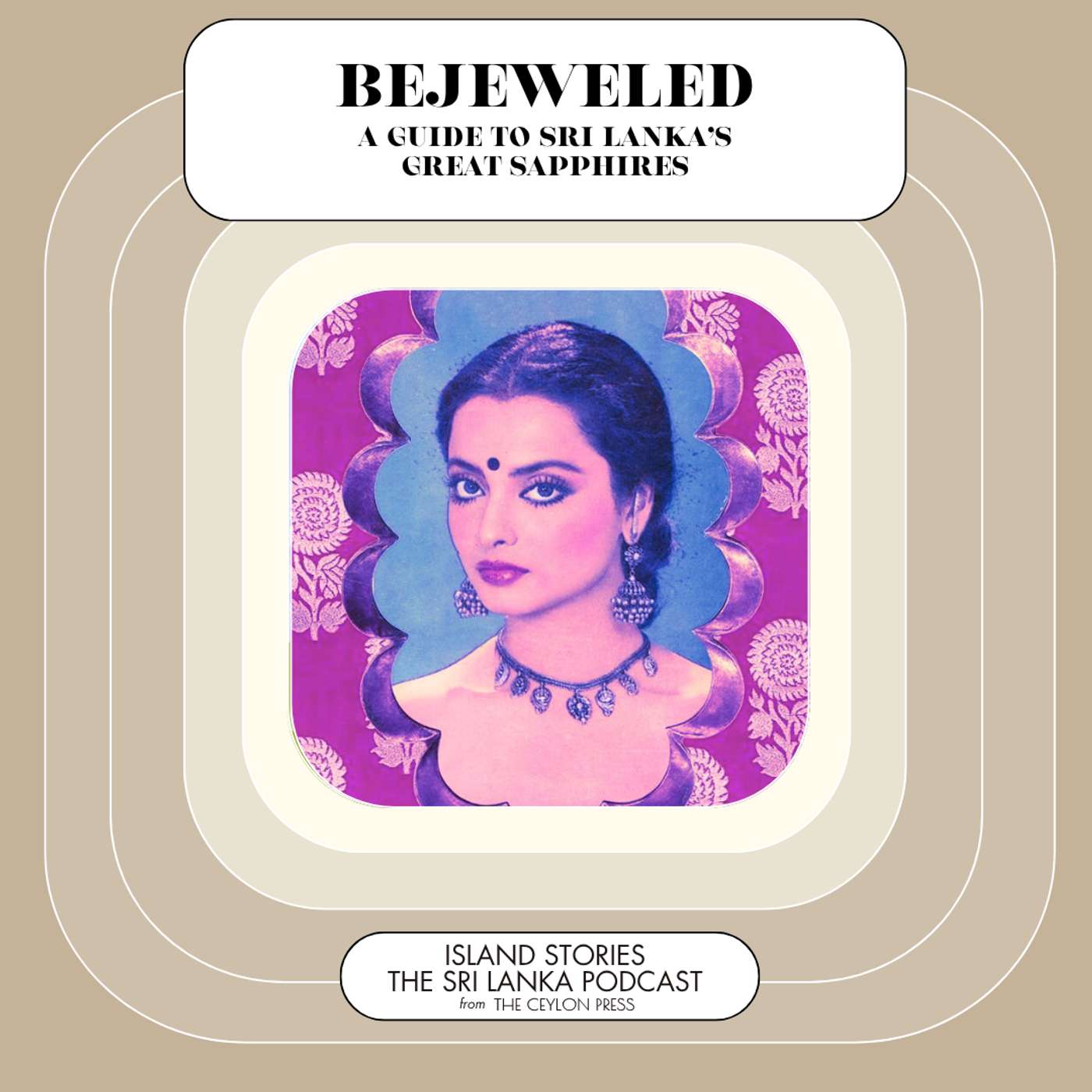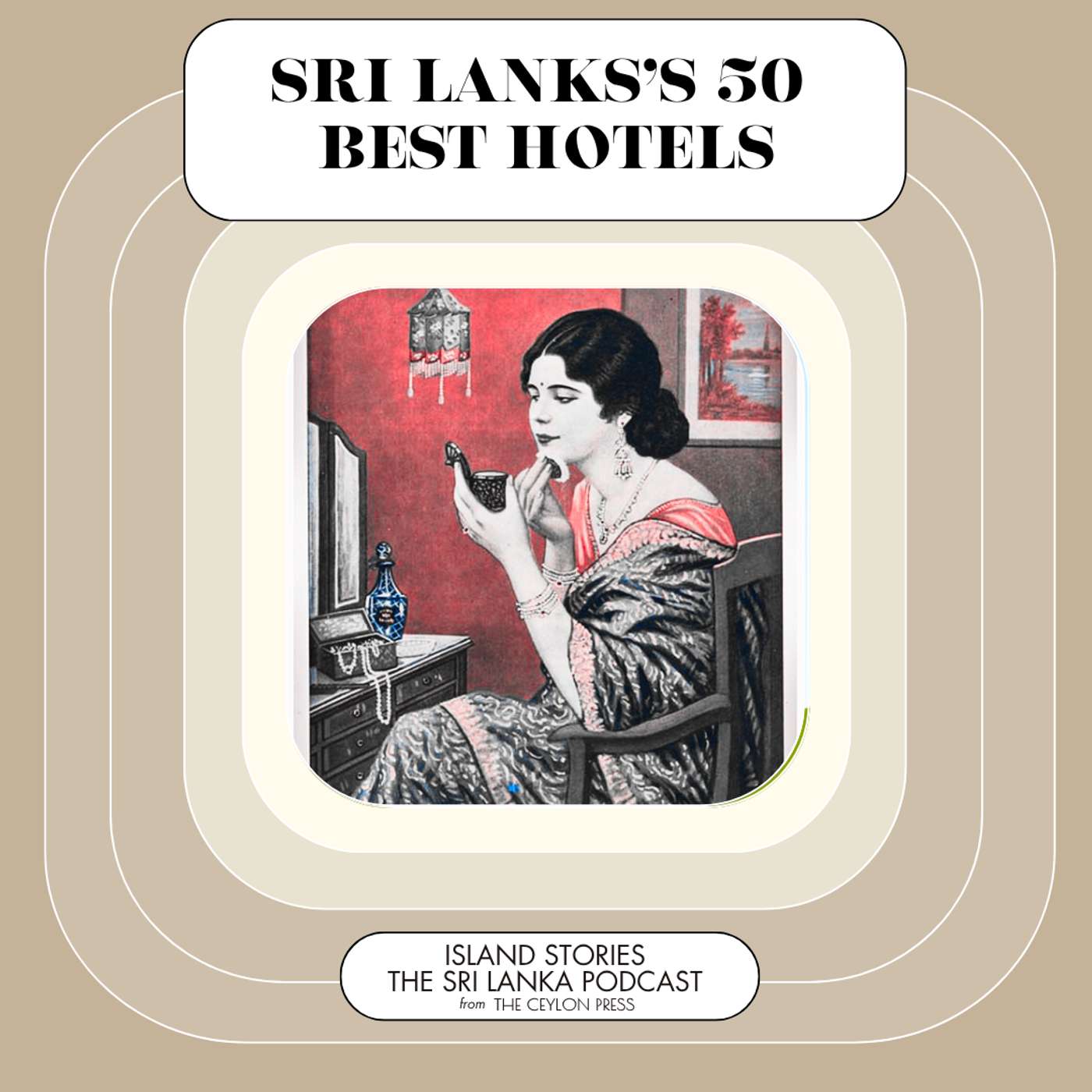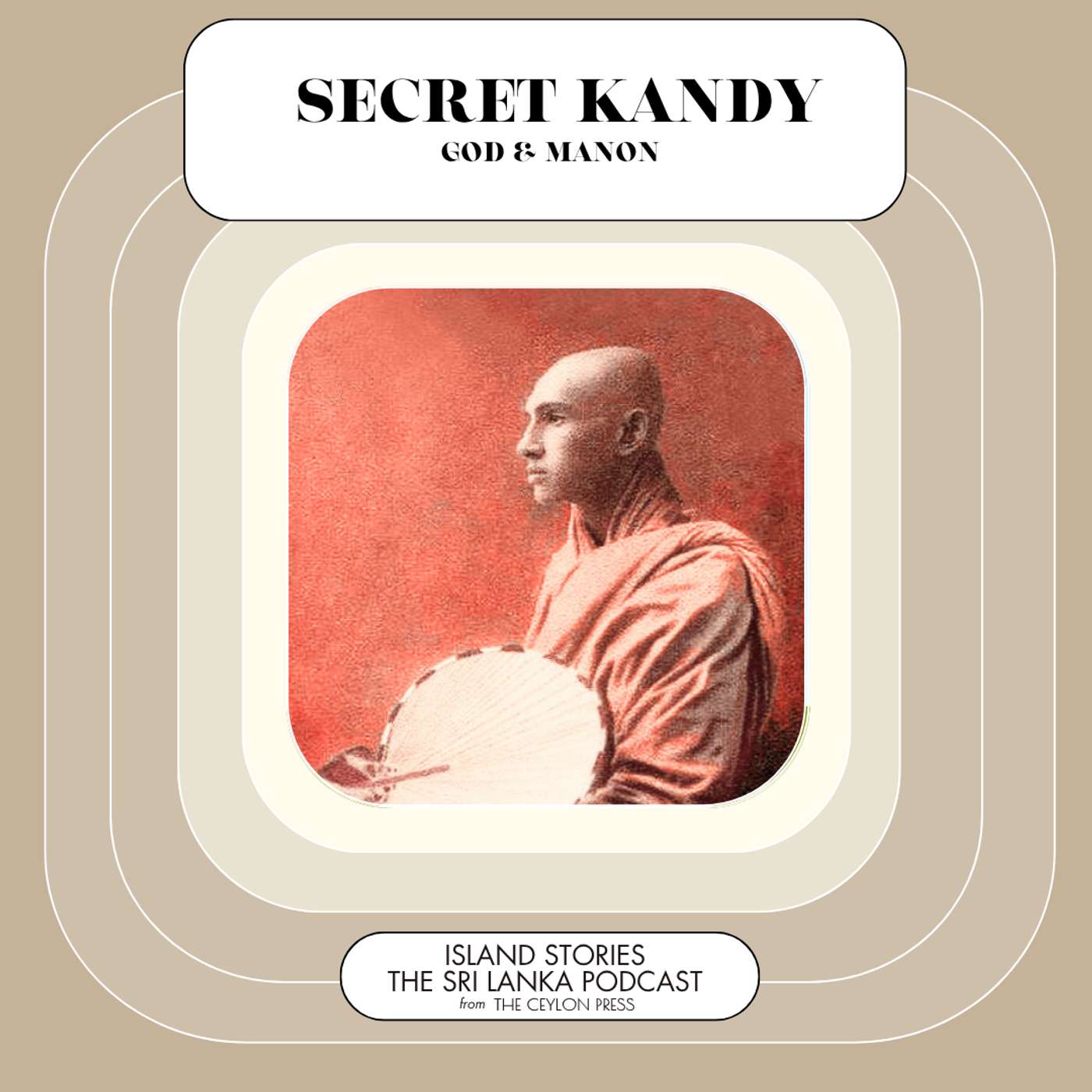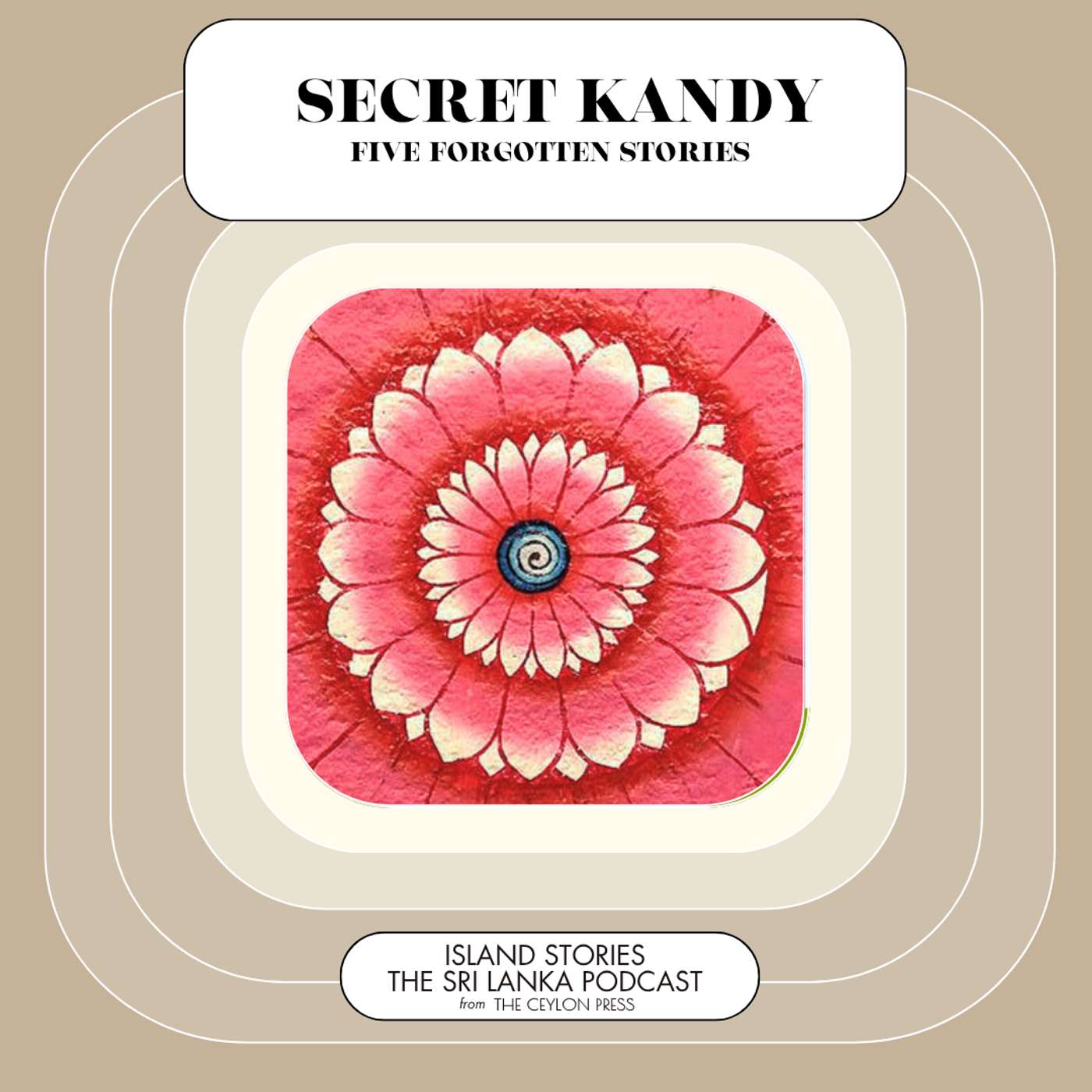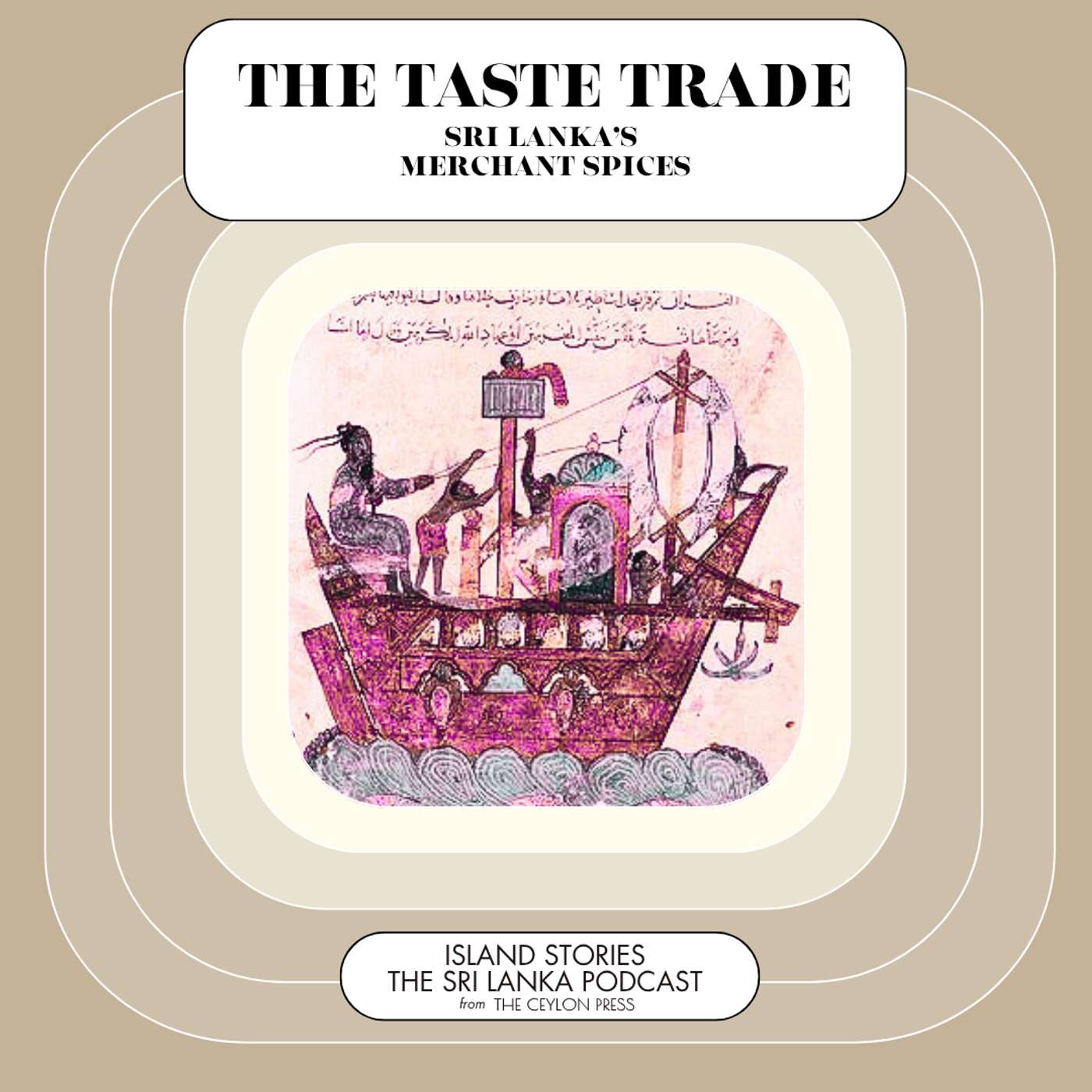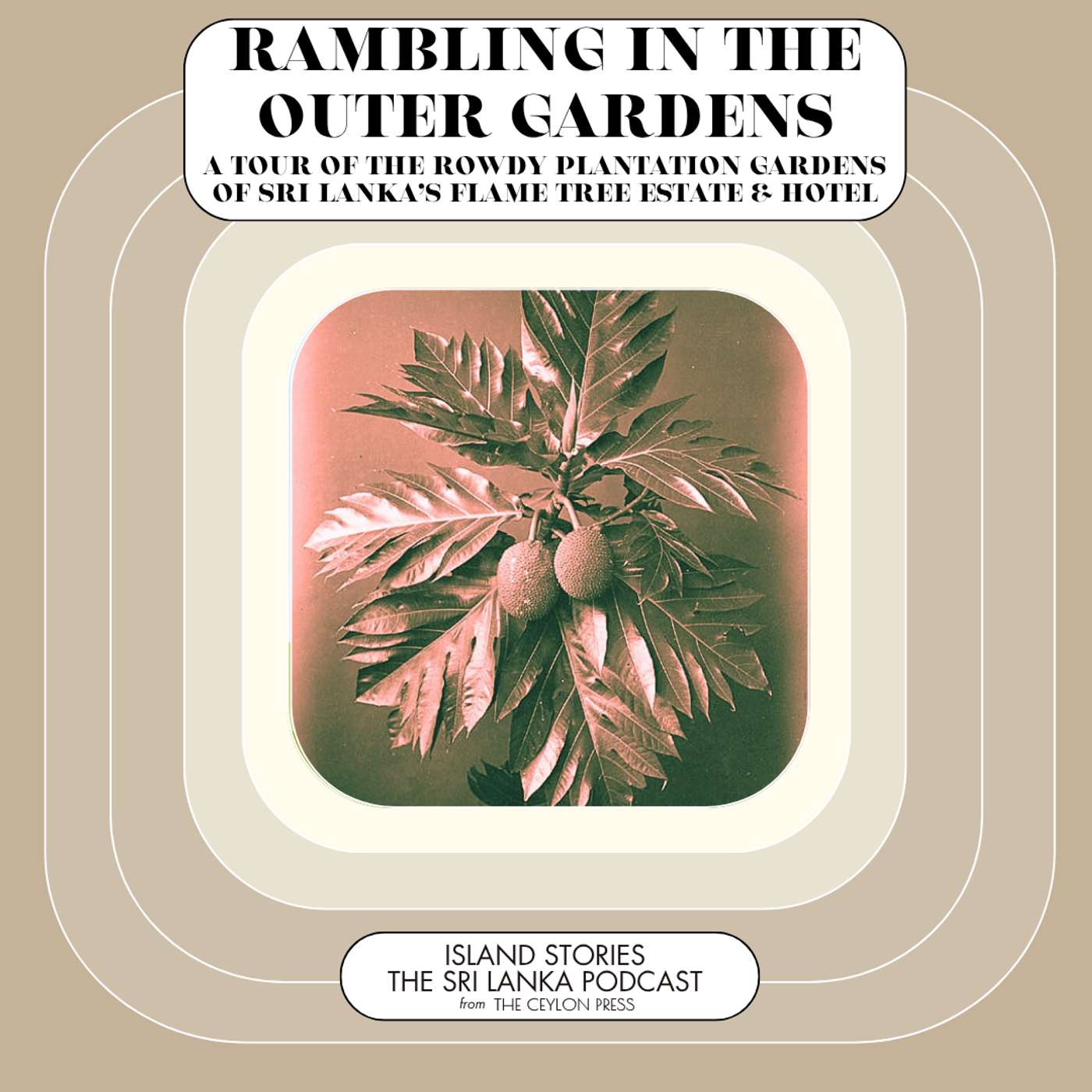Ordinary Beautiful: In Search Of Sri Lanka’s Lost Mammals
Description
Welcome to an episode of Island Stories: The Sri Lanka Podcast, brought to you by The Ceylon Press.
_________________________________________________________________________________________
The search for Sri Lanka’s larger overlooked mammals is the subject of this podcast.
Large – but not enormous, for this range of mid-sized mammals lies at the very heart of Sri Lanka’s overlooked mammal population as naturalists rush to spot elephants and leopards.
Amongst the most unheeded of the island’s creatures are its otters, hares and anteaters.
Famously family oriented and playful, the Ceylon otter is shy to the point of near invisibility. Not that this deterred their most famous fan, Henry Williamson, author of “Tarka the Otter” - “What is this life, if, full of care, we have no time to stand and stare?” he asked with a rhetorical flourish. Covered in dark brown fur and about a metre long, the Ceylon otter weighs in at 8 kilos and dines on fish. It is scrupulously hygienic, with specific areas of the otter domicile earmarked as otter loos – this despite the fact that their poo is said to give off a scent not unlike that of jasmine tea.
Curiously, Sri Lanka lacks rabbits – but it does have a hare. Just the one. And an endemic one too. The Ceylon black-naped Hare is a mere 50 centimetres head to body tail and distinguished by a black patch on the back of its neck and huge scooped ears, large and lovely as salad servers.
But more remarkable yet, with its dexterous overlapping and generously rounded scales, is the scaly anteater, a unique cross between an architectural marvel, a tank, and a chain-mail-clad Viking warrior.
Measuring some 6 feet nose to tail, it makes its home in rainforest and grassland. It is a dedicated burrower, digging out burrows designed for sleeping, others for eating, and no doubt yoga, film-watching and partying too. It follows a strict diet – eating just ants and termites, or, at a push, beetles, its long sticky tongue an evolutionary triumph that is capable of digging into the deepest of insect nests.
Sadly, these toothless mammalian marvels are teetering on the edge of being critically endangered, not helped by increasing deforestation. A still greater threat is poaching for their meat and its scales. Made of keratin, the same protein that forms our own hair and nails, their eye-catching body parts are internationally traded as aphrodisiacs or curios.
A happier story is that of the crested porcupine. This creature is widespread, at home in most habitats right across Sri Lanka. It is highly territorial. When threatened, their sharp quills will spring up, their teeth will clack loudly and, emitting a most unpleasant smell, they will go on the attack with the unswerving dedication of an infrared homing missile.
Widespread too are the island’s 4 mongoose species. The common Ceylon grey mongoose is the smallest. Shy around people, it is fearless with snakes, its kill strategy focused on tiring the snake by tempting it to make bites it easily avoids. Its thick, grizzled iron-grey fur and neuro-transmitting receptors leave it immune to snake venom; and for anyone living up-country, it is a fine companion to have around.
Marginally more colourful is the brown mongoose – a species that comes in several iterations, each so marginally different as to be as impossible to tell apart as Herge’s Thomson and Thompson. The highland Ceylon brown mongoose, the Western Ceylon brown mongoose and the Ceylon brown mongoose are, to all but the most scrutinizing scientific eye, practically alike.
Over 80 centimetres nose to tail with dark brown fur and black legs, and along black enviably tufted tail, they are of breathtaking beauty. Widespread though they are, seeing one is something of a challenge for they are introverted beasts, with a marked preference for deeper cover, dark forests and, like Greta Garbo, a penchant for being left alone.
Also hermit like is the Ceylon ruddy mongoose. A retiring forest dweller, it has grizzled ruddy brown hair, a sleek body and a tail that ends in a flourish of black tufts.
But the Versace of the mongoose world is the stripe-necked mongoose, sporting an outfit that marks it out as one of the island’s most striking mammals. A dark grey head morphs to reddish brown and grey on its neck before blooming into a heady grizzled covering of bouffant fur that gets redder and longer the further down the body it goes. A pink nose, black legs and a reddish tail that ends in a curved tuft of black hair make up the rest of this most alluring of beasts.
Two mammals speak of Sri Lanka’s troubled colonial past, the most notable being the diminishing herds of feral donkeys found in Mannar, Talaimannar and Puttalam.
These are the descendants of equine immigrants that entered the great port of Maathottam near Mannar - once the shipping gateway to the ancient Anuradhapura Kingdom. Arab traders were probably responsible for importing the beasts to carry their cargos inland.
The species that lives here is said to be a direct descendant of the Nubian African wild ass, now extinct in its native Ethiopia and Sudan. Extinction also faces it in Sri Lanka. There are said to be fewer than 3,000 still alive, though a charity, Bridging Lanka, has stepped in to try and nurse them back to happier times.
As sorry a tale can also be found among the Mannar ponies. Strung out to the west of Jaffna in the Palk Strait is the tiny coral island of Delft, bared fifty square miles and home to less than five thousand people. And five hundred wild ponies.
Dotted with baobab trees, archaeological marvels from ancient to colonial times, and abundant wildlife, Delft has become the last refuge for the Sri Lankan wild pony, the direct descendant of the ponies exported to the island by the Portuguese and Dutch from Europe and their colonies in the East, to provide basic transportation. Left behind at Independence, and superseded by cars and lorries, they have carved out a fringe existence on the hot dry island, fighting off as best they can dehydration and occasional starvation.
A more contented existence is enjoyed by Sri Lanka’s embarrassment of cats – civets, rusty spotted cats, fishing cats, jungle cats and of course leopards.
Of all of these, the civet is by far the most interesting.
When life was simple, long ago; and when beige, like black or white, came in just one colour choice, it was thought that the island was home to just one endemic civet.
But scientists, zookeepers, and wildlife photographers have in the past 15 years worked hard to evaluate this snug assumption. By careful observation, the checking of paw prints, the measurement of bodies and assessment of markings (beige, off-beige or off-off beige), they have instead come to the conclusion – now widely accepted in the scientific community - that the country actually plays host to three endemic civets: the wet zone golden palm civet; the montane forests golden palm civet and the Dry zone palm civet.
In fact, the debate about numbers is a passionate ongoing one, with some scientists now claiming that a fourth civet also merits separate recognition: the Sri Lankan mountain palm civet, found only in Dickoya, a refinement that makes the various divisions of...





